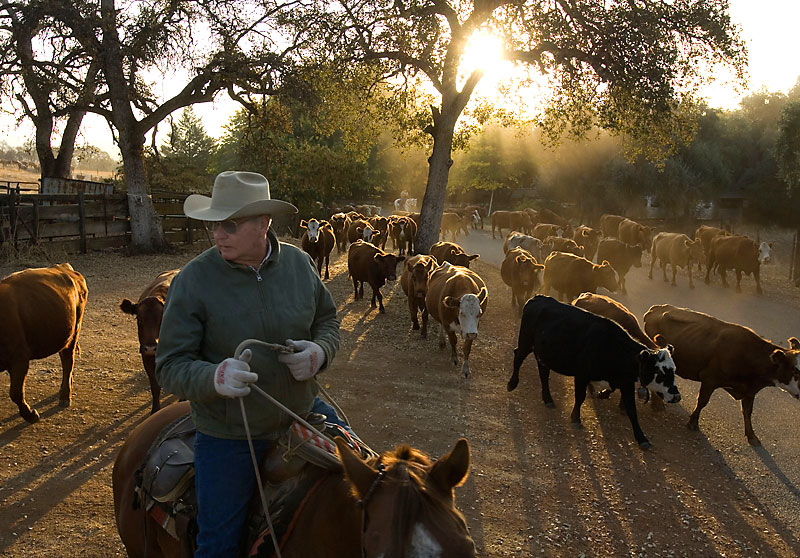
On today’s Cow-Calf Corner, Rosslyn Biggs, DVM, OSU State Extension Beef Cattle Veterinarian, talks about the results from a USDA NASS survey focussing on biosecurity practices on farms and ranches in Oklahoma.
Infectious diseases are a constant threat for producers. Additionally, industry wide, foreign animal diseases threaten the national herd, the supply chain, and critically important international trade. Biosecurity seeks to prevent diseases before they occur, along with limiting the impact of an outbreak.
In early 2022, a group of OSU researchers began looking for ways to better assist producers with biosecurity practices and biosecurity plans and launched a survey to Oklahoma cattlemen.
The survey focused on understanding Oklahoma producers’ farm and ranch biosecurity practices. USDA National Agricultural Statistics Service (NASS) administered the survey. Over 1400 responses were received representing a significant percentage of cow-calf producers in the state.
The purpose of the survey was to learn how much cow-calf producers know about biosecurity and to learn why some biosecurity practices are more widely adopted than others. Among other questions, the survey asked producers about their individual biosecurity practices, why they do or do not use certain practices, disease knowledge, and if they have a biosecurity plan.
Initial results revealed that improvement could be made in many areas. For example, producers were asked the basic question “How familiar are you with this definition of biosecurity?” Of the total respondents, 31% indicated “I have never heard of it.” Only 13% of total participants responded, “I understand biosecurity and have implemented principles of biosecurity on my farm/ranch.”
Survey results will be used to evaluate biosecurity practices by adoption rate, barriers to implementation, cost effectiveness, and applicability to cow-calf operations. Future Extension programming will help educate producers and their teams, including veterinarians, on cost effective, easy to implement biosecurity practices. This programming, along with additional survey results, will be shared in the coming months.
The impact and value of this project’s results go far beyond just cow-calf producers and veterinarians. Policy leaders and animal health officials need this critical information. This project also benefits other entities in the supply chain including feedlots, meat-packing facilities, processing workers, and beef consumers.














